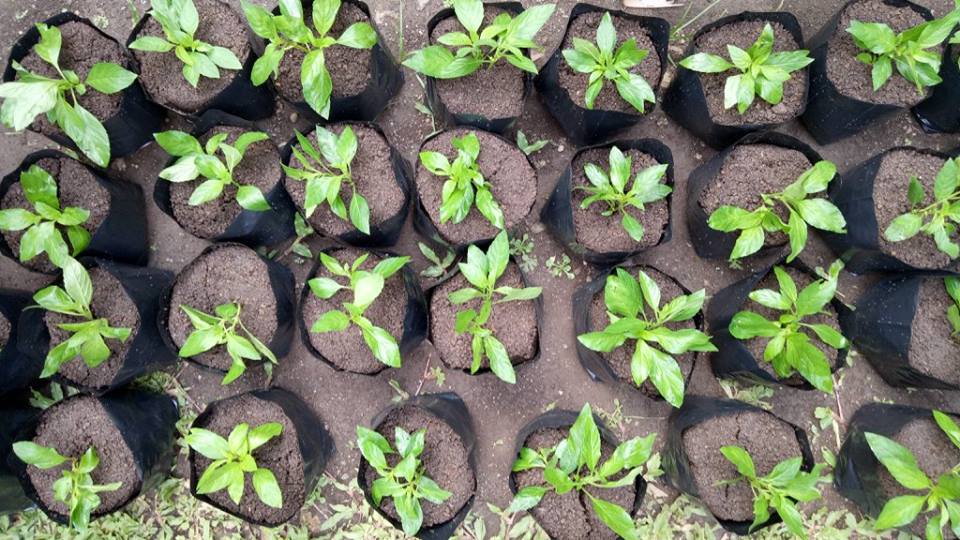Blogs
“What is Happening to Our Beautiful Land?” is the lament of the Catholic Bishops of the Philippines in 1988 after reflecting on the massive abuse and destruction inflicted on the Earth. A “Warning to Humanity” was given by the Union of Concerned Scientists in 1992, pointing to our current human practice of “putting animal and plant kingdoms at serious risk” and causing irreversible damage to ecology. Pope John Paul II in his catechesis in January 2001 called for “ecological conversion” to protect both the natural environment and the human quality of life. An example of such ecological problems we are experiencing is climate change. Now, what is climate change?
Climate Change is one of the major environmental issues that our generation faces today. This was developed by our dependence to fossil fuels that contribute carbon dioxide which is a heat-trapping gas into our atmosphere which leads to the changes of climate that we are experiencing today. An example of such changes in our climate such as the change of rain patterns, the melting of glaciers which lead to the rise of sea levels, and our general climate is getting warmer which greatly affects us and other organisms. Despite the endeavor our generation and environment is facing, we can think of ways to at least lessen the excessive amount of carbon dioxide contributed in our atmosphere to reduce climate change.
An example of finding ways to solve such issue was through a class field trip of the Advanced Environmental elective last October 1 at the Center of Ecozoic Living and Learning, also known as CELL. So what is CELL? Well, I may not be present during the class trip but I did surf the internet to find something to at least pique your interest. So let me talk about how CELL was founded. It all started in January 1999, some Columbian Missionaries in partnership with friends opened the Center for Ecozoic Living and learning or CELL. This was inspired initially by the Columbian Missionary Society which in their 1988 General Assembly reflected on their experience of solidarity of the poor. They want to make such center to be the system that denies the poor a livelihood is also a system that is destroying the Earth, and therefore denies them the possibility of ever having a livelihood. This lead to their vision of A world where humans live in harmony with the rest of Creation through living in harmony with one another in a just society. The center also have goals which are to contribute to the Great Work, whereby humans learn to move from a stance of destroyer of the Earth Community to a stance that is mutually enhancing and to operate a spirituality center that will propagate the New Story of Creation as a means of alerting the human to the current ecological and social crisis and awaken in them a vision that will give a direction for action at the present moment in history. It is also a place where humans can deepen our awareness of the devastation we are unleashing on the planet. Yet at the same time it is where we can awaken to the beauty and sacredness of God’s Creation and to His call to bring healing to Mother Earth.
So one of my classmates told me about the center discussing about the “New Story of Creation” which piqued my interest and I searched about and in their website they stated that the New Story of Creation is a scientific religious epic for our times that evokes in us the basic wisdom that is necessary to meet the ecological crisis. This enables us to see our specific role in the process of creation. It inspires us to be creative, challenges us to participate in the creative dynamics of the Earth and to establish ourselves within the unfolding cosmos
And with all of that information, you probably at least have a background check of what CELL is.
Now, let’s further delve with the different areas or zones CELL has. Here is a picture of the map that includes the different zones CELL has which are the vegetable area, small animals, fruit trees, renewable material area and wildlife.


First there is Zone 0 wherein it is the area for human activity and this covers the area where you find the dining areas, the sleeping quarters, their office and the souvenir shop.
Next, Zone 1 which is the vegetable area; it is where the center practices organic farming and other practices that avoid the use of synthetic chemical substances. Fertilizer comes from the compost we produce from our biodegradable wastes. Having several types of vegetables in the area prevents widespread infestation by pests. Combining the right vegetables is also a way of reducing pests because some vegetables have the capacity to ward off the pests of other vegetables and having herbs that drive away pests is also another pest management practice.


In Zone 2 are the small animals like chickens and rabbits wherein they partner the animals with their waste management which for example, chickens by nature scratch the ground or area when they look for food. Here in CELL, we have allotted space for our food scraps like fruit peel and banana leaves within Zone 2 for these to undergo composting. The chickens help in the composting process when the overturn the composting materials as they scratch and pick out edible leftovers. The compost materials become aerated as they are overturned, hastening the composting process. Also, this where one can see how greywater is processed (show the gutter where grey water passes). Grey water from the guest house and kitchen pass through this gutter and reach a catchment area where chickens can pick on leftovers, if there are any.
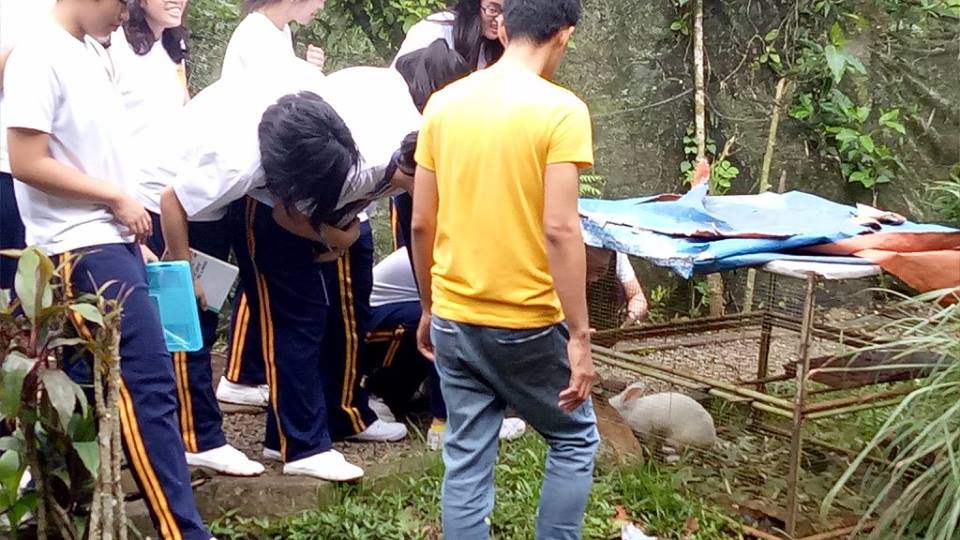

For Zone 3 which contains fruit trees benefit from our biodigester water. Fruits are our source of vitamins and minerals needed to be healthy. Insects in CELL like the bees and butterflies help trees produce fruit by pollinating them.


For Zone 4 which is the renewable material area, wherein they stated that timber trees are our ancestors’ source of construction material in the past. It is only because of intense deforestation that our timberlands have dwindled, leaving some timber trees endangered.
Lastly, Zone 5 contains the wildlife which is 20% of the whole farm that contains monitor lizards, civet cats, common land lizards and is also known as the sanctuary for birds. Also, the said zone contains a nature reserve pond that attracts creatures to the area which increases biodiversity
With all that information of what’s inside and what is CELL, I would like to also share about how the center focuses on permaculture, recycling water, water management and how they promote a vibrant community life which are some sustainable environmental practices they use as a center.
Let’s start with permaculture wherein it keeps ecological balance in mind. While CELL is a farm, it promotes an agricultural way of life that maintains the place of as many creatures as possible. They have an area for human activity, for raising vegetables and farm animals, for growing fruit trees and other trees indigenous to all regions, and a wildlife area (which will be discussed later on). They are conscious that the soil on which we all walk on and on which the plants thrive is home for microorganisms that equally necessary for ecological balance and also respect each other’s existence by living in harmony with each other. This is an example of some of the seven ecological principles which are all forms of life are important in which each organism plays a fundamental role in nature and we are the stewards of God’s creation; the environment in which we, as the most intelligent and gifted creatures and as stated under this principle: We are made not to rule the world but to help the world. Humans are God's creation and we need to take care of everything.


Next is how they recycle water wherein all pipes from the sinks and the bathrooms lead to parts of the farm and therefore the wastewater that go through these pipes serves as nourishment for the plants. This is also another reason why they request everyone to use biodegradable soap since other soaps with additional chemical agents may harm the plants or its partner microorganisms.
Water management is closely related to recycling water but I still want to further elaborate about their management since issues involving water like water scarcity is also one of the environmental issues our generation is facing. In processing human water, their comfort rooms have pipes leading to their biodigester which separates solid and liquid waste. The solid waste with the help of microorganisms become a source of gas (biogas production process) and fertilizer, and the liquid waste is filtered until such time that it can be used to water plants. They also manage other wastes through their human activities like segregation. So here’s a picture of one of the center’s toilets to at least have an idea of how they work. As observed by the picture, you can see that there is no flushing involved. Based on this, both solid and liquid wastes will directly go down to be segregated.

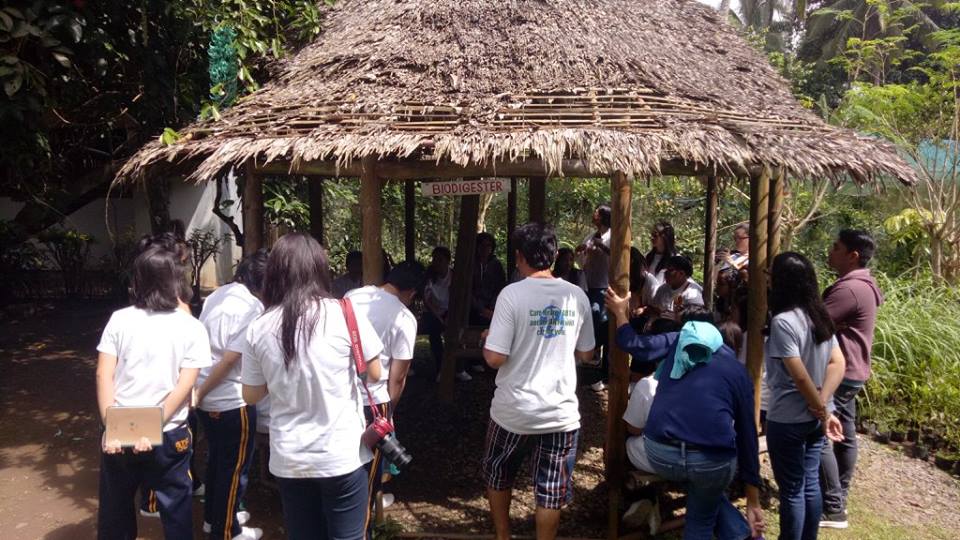
Lastly, how they promote a vibrant community life wherein they encourage everyone to contribute respectful and peaceful community buildings. They also stressed that before us, nature was already a thriving community which will be even if we leave or disappear. In addition, they promote the health of the community since the said center is nuclear, drug, alcohol, tobacco, violence and graffiti free zone.
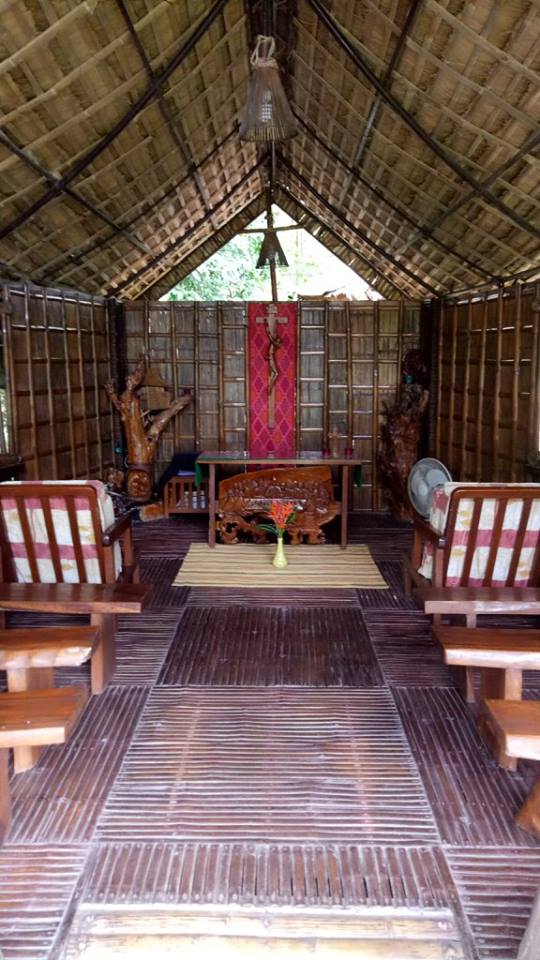
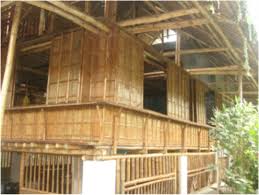
With all this, who are we as a generation? Where are we now? What has to change in and out generation? And what do we do now to create a just and sustainable future? All this questions points to us of who we are as a generation and what we can do to have a sustainable future. So, who are we as a generation? As our technology advances, we tend to be more heartless when it comes to the environment. We are the generation who always have gadgets with us like our phones, tablets and laptops; may it be from the leading brands Apple and Samsung or other brands that our gadgets are in. Due to this we are in a world full of technology that is slowly destroying our environment because of the many human activities we do such as the use of fossil fuels that contribute carbon dioxide into our atmosphere that leads and even worsens climate change.


What has to change? How we use the technology we have today. We, as human beings should capable of at least discussing about the different environmental issues we have today. We should at least be motivated to save our environment from destruction since they already did a lot for us humans in terms of the resources we gather from it.What can we do now is first to speak up and talk about such issues internationally in order for each one of us in this world to participate and to think of solutions on how we can help. An example is simply discussing it with others on what we think are the different issues we need to focus on and what we can do to help. This includes by doing small changes in our houses or school or wherever we are like following the 5Rs. Additionally, we can also join different programs that are advocating for the environment. An example of such programs are one of the programs in CELL that includes tree planting where we plant small trees to at least restore the trees that are cut down for our needs and wants.

